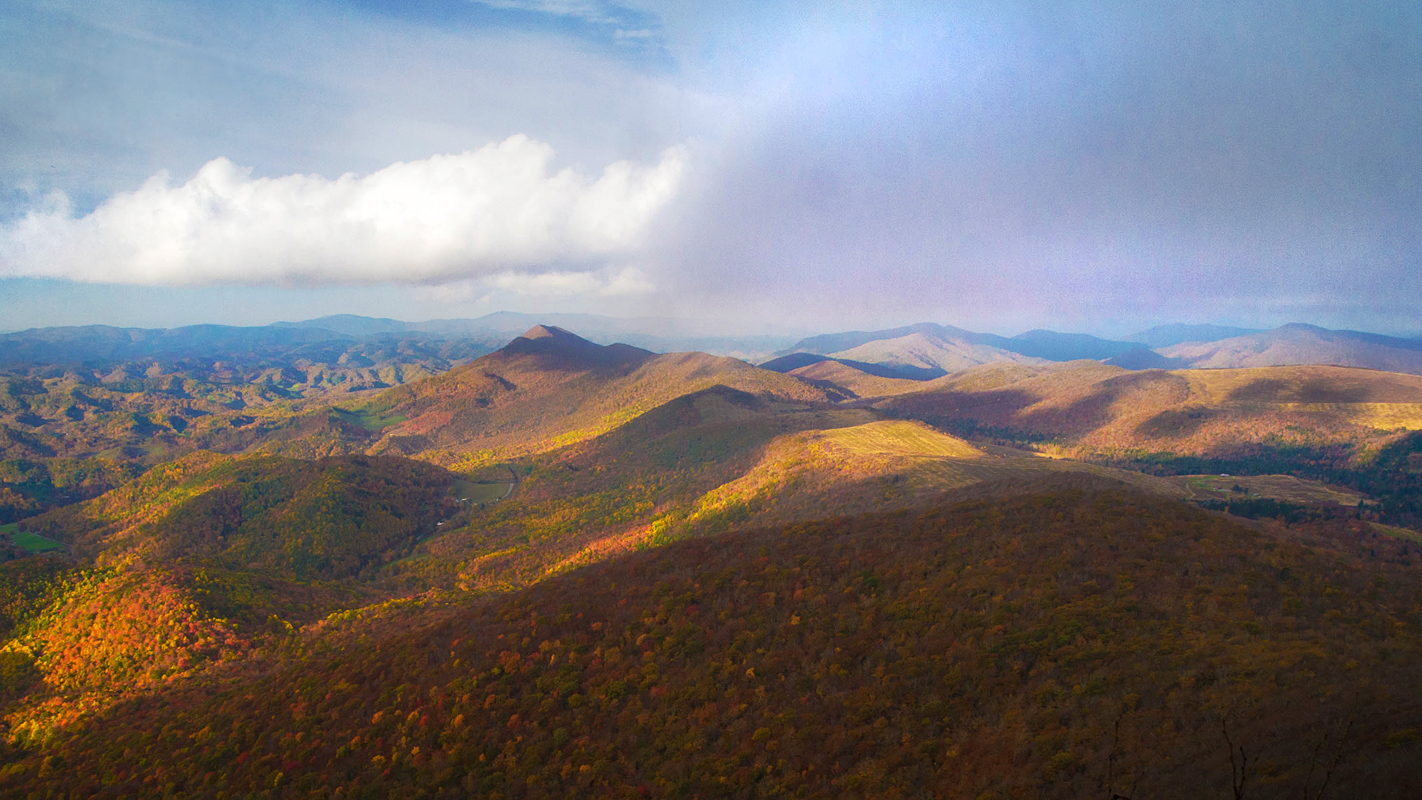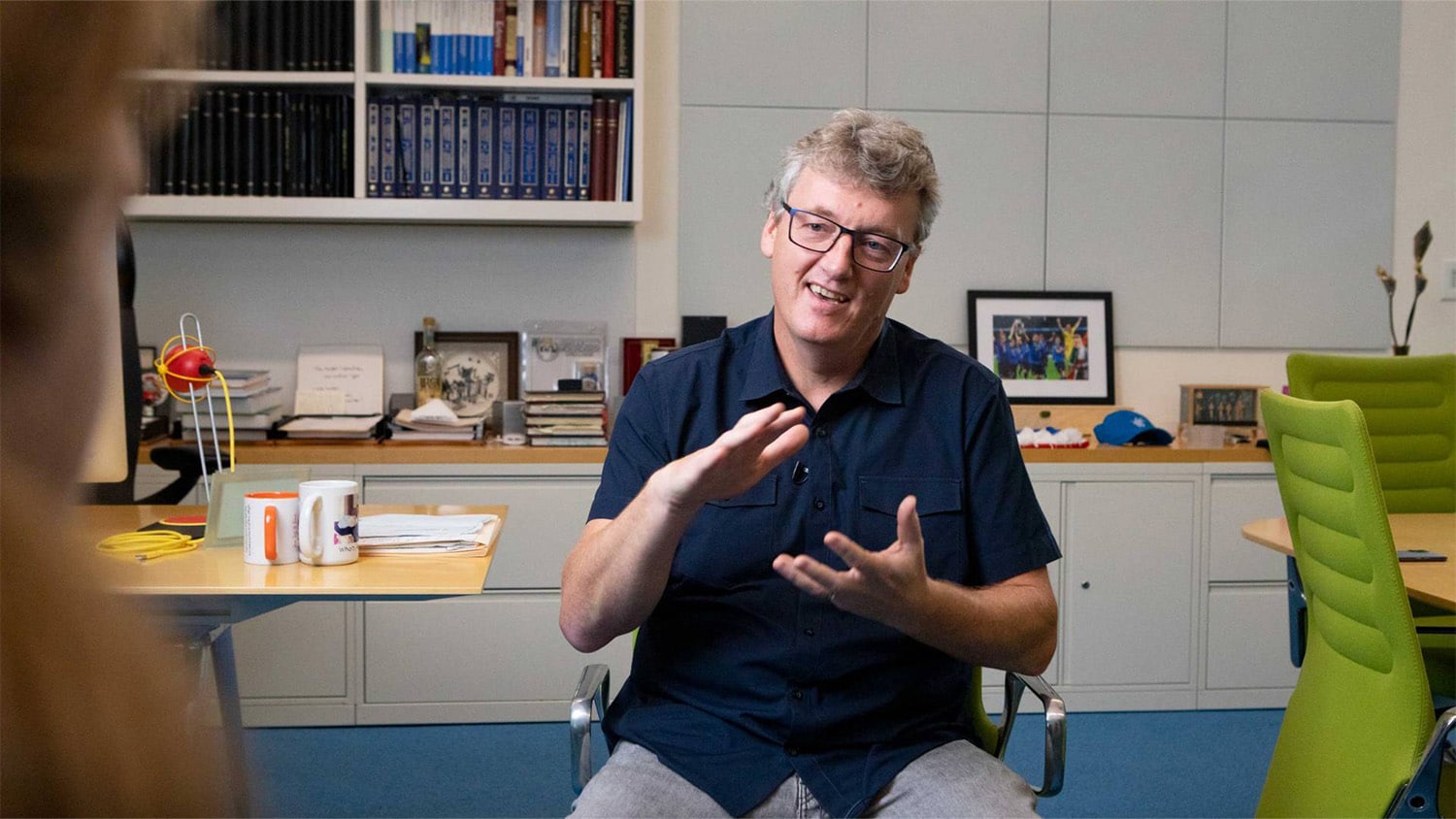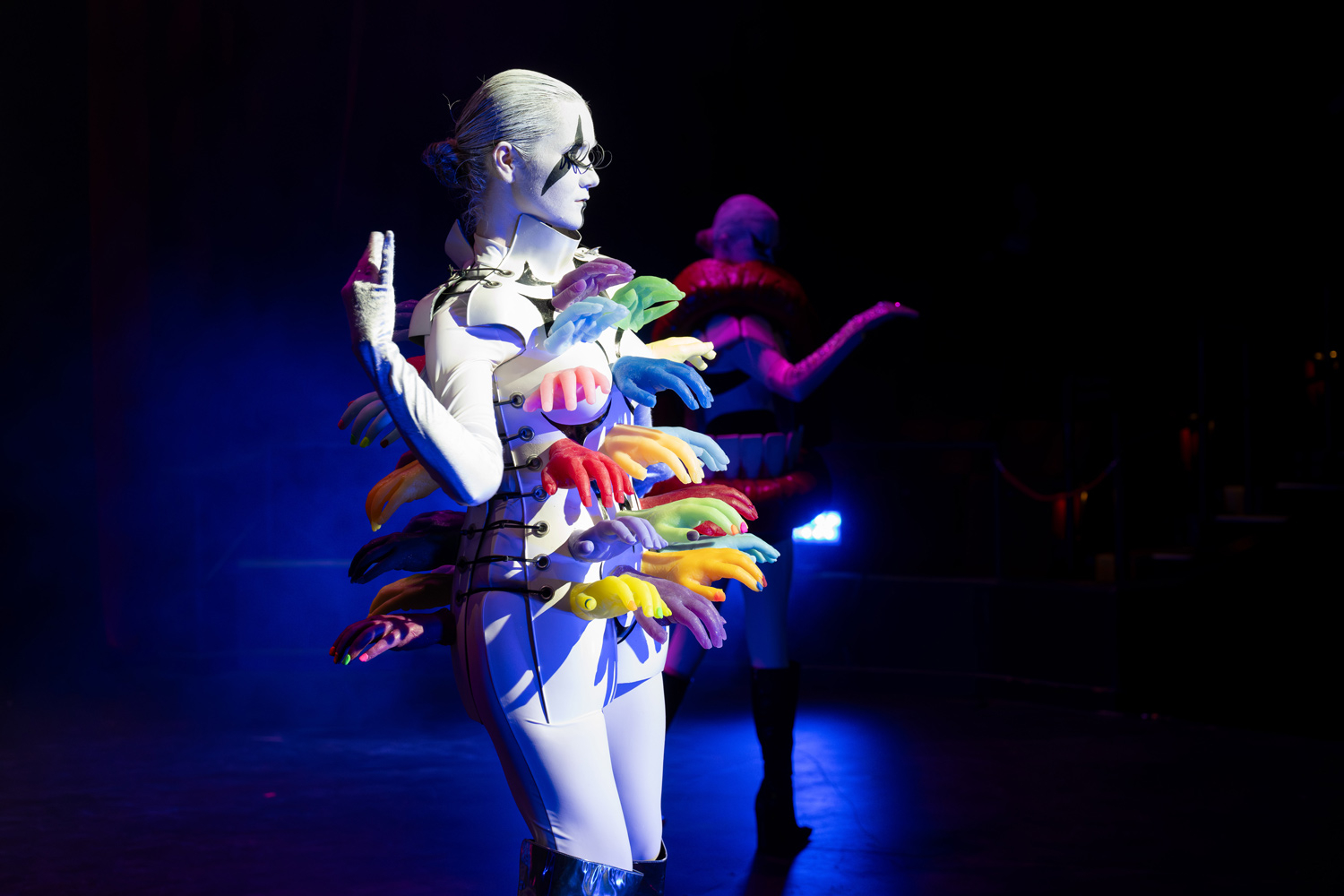The Biochemistry of Fall Foliage

Bernhard Kräutler is a professor of organic chemistry at the University of Innsbruck, Austria. He will be speaking on the biochemical processes that help trees create their autumnal color displays at the Chemistry Friday Seminar Series this Friday, Sept. 25 at 3:40 p.m. in 124 Dabney Hall. Professor Kräutler was kind enough to do a short question-and-answer on this topic for The Abstract.
THE ABSTRACT: Everyone has had a child ask, “Why do the leaves change colors?” So why do they change colors? Why does chlorophyll have to degrade in order for leaves to detach?
Kräutler: When chlorophyll – which gives leaves their green color – is degraded, other pigments that were already present in the leaf become visible. The loss of the chlorophyll also means that the contents of the leaves are accessible to biochemical processes that let the tree take back precious nutrients from the leaves. When the yellow leaves finally detach they are nearly emptied out: their proteins have been scavenged for reduced nitrogen and the cells for other essential nutrients of the plant, like some minerals. This also helps trees cope with winter conditions such as the burden of snow and dryness – intact leaves release a lot of water, which could leave the tree at risk of dehydration.
There are also many speculative ideas concerning the reason for color change, like insect preference for or against red and yellow; or the possibility that, since animals and humans associate yellow and red colors with ripe fruit, the yellow leaves may ‘flag’ fruits.
THE ABSTRACT: What makes the biochemical processes involved in color change unique?
Kräutler: Degradation of chlorophyll is a massive biochemical process and involves the destruction of (an estimated) 1,000 million tons of chlorophyll per year. Imagine, its products remained undetectable until our research started about 25 years ago, and there’s a lot we still don’t know about these products.
But hypothetically speaking, the complex molecular products of chlorophyll breakdown probably do have value for the plant. And along the same lines, the same types of processes as those happening in the leaves also happen in most fruit, which we eat. We eat the products of chlorophyll degradation and these might be beneficial for our health (“An apple a day keeps the doctor away.”)
Finally, degradation of chlorophyll shows unexpected and interesting parallels with the better known degradation of heme (this is easily observable when you get a serious bruise – it changes color over time, becoming red, black, green and then yellow – this latter is caused by bilirubin from heme). The products from degradation of chlorophyll are complex compounds that are similar to the products from heme. They may have similar biological functions.
THE ABSTRACT: What triggers this process? Is it tied to the length of days, or does weather also affect it?
Kräutler: There is a range of causes; in probably all leaves there is an ‘inherent program’ that induces this biological or biochemical process of the degradation of chlorophyll, when needed for the plant’s survival. In deciduous plants there are three additional main seasonal factors that are relevant together to get the degradation of chlorophyll going in fall: less daylight, colder temperatures and drought.
THE ABSTRACT: How did you become interested in this topic?
Kräutler: When I was still working in Zürich (Switzerland) I met a Swiss botanist who got me excited to look into the problem of the degradation of chlorophyll in plants. I have not stopped working in this fascinating area.
- Categories:


